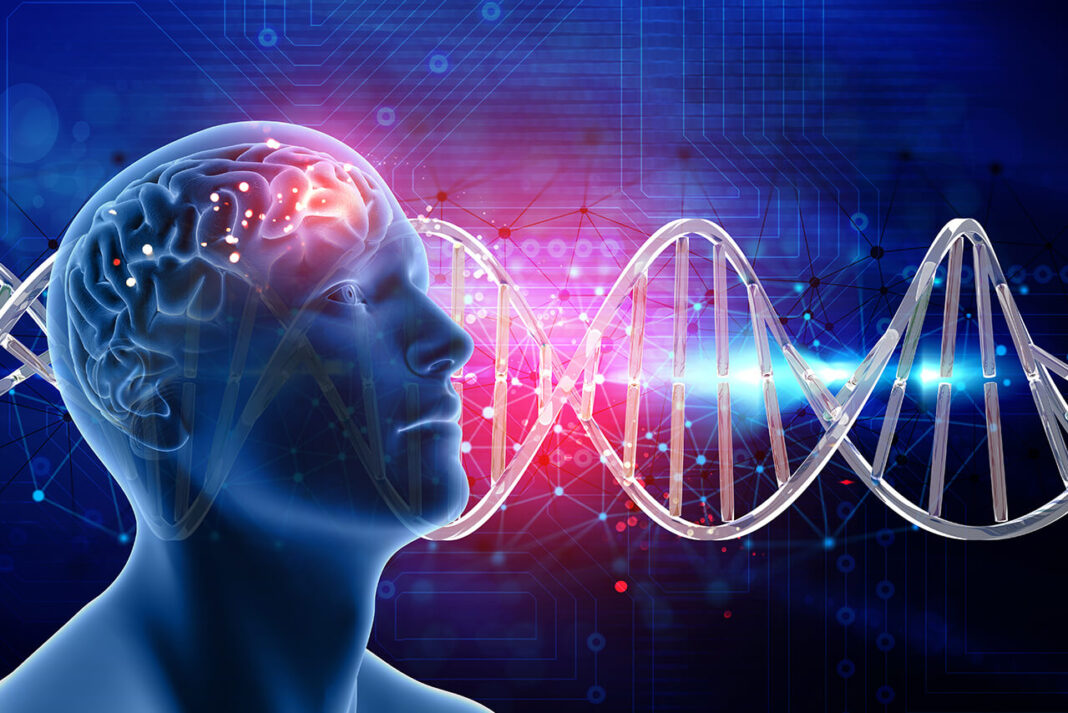You skipped your morning run. Yet you imagined yourself moving step by step through the park, feeling the ground beneath your feet, the wind brushing your skin. But was this only imagination—or did your brain actually behave as if you had run?
Neuroscience whispers a striking truth: the brain does not always draw a sharp line between what is imagined and what is real. Functional MRI scans show that merely imagining an action activates the same regions that light up when performing it. Our sense of reality is not as solid as we tend to believe.
Memory and the Fragility of Perception
In the 1990s, cognitive psychologist Elizabeth Loftus designed a landmark experiment to test the reliability of memory. Among three genuine childhood memories gathered from participants’ families, she inserted one completely fabricated memory: “Getting lost in a shopping mall as a child.”
Participants received all four events in writing and were asked to elaborate on them over several days. Initially, none recalled the false event. But weeks later, nearly 25% of participants recounted the mall story as if it had truly happened. Some even added vivid details—who found them, in front of which store they were lost.
When researchers later revealed that one memory was fabricated, many failed to identify the false one. Some even suspected a genuine memory was the invention. This experiment demonstrated how fragile memory is, and how convincingly imagined experiences can be woven into our mental archives as if they were real.
Mental Rehearsal: Training Without Movement
Before a competition, professional athletes often close their eyes, inhale deeply, and visualize the entire course. This is not mere ritual—it is the brain performing a silent rehearsal.
The motor cortex becomes active, and through mere imagination the brain strengthens the neural circuits of movement. Performance improves, even though no muscle has moved. This principle benefits not only athletes, but also musicians, surgeons, and public speakers. Mental rehearsal allows the brain to repeatedly run the algorithm of action, reinforcing synaptic pathways and building an “inner model” of success.
Imagination: A Double-Edged Sword
But this powerful mechanism does not always serve us well. In post-traumatic stress disorder (PTSD), the brain does not simply recall the trauma—it relives it. Heart rate accelerates, sweat appears, muscles tighten.
Functional brain scans show that when PTSD sufferers recall trauma, a severe imbalance emerges between the amygdala (threat detection), the hippocampus (memory formation), and the prefrontal cortex (rational regulation). When prefrontal inhibition weakens, the person becomes captive to the memory. Just as an athlete strengthens performance through visualization, a trauma survivor may—unintentionally—use the same mechanism against themselves. The brain treats imagined experience as real, reproducing pain again and again.
These examples reveal both the wonder and the danger of the brain: the porous boundary between imagination and reality. Mental rehearsal can nourish success, while traumatic imagination can imprison. The key lies in recognizing this mechanism—and learning to use it well.
Neuroplasticity: The Brain’s Capacity for Renewal
Neuroplasticity is the brain’s ability to reorganize, strengthen, or weaken synaptic connections—the communication points between neurons. Neuroscience now recognizes that thanks to neuroplasticity, our brains are in constant flux.
Neuroplasticity tells us that the brain is not a fixed circuit board; it forms new connections every moment. With each experience, we are in a sense reborn.
-
New synapses form between neurons.
-
They are reinforced by physical or mental repetition.
-
Frequently used pathways grow stronger; unused ones gradually weaken.
-
Imagining positive scenarios elevates dopamine and serotonin, the neurotransmitters of reward and motivation.
-
Positive expectation lowers cortisol, reducing stress.
-
Selective attention then directs behavior toward realizing these expectations.
What is now widely popularized as “manifesting” actually rests on the biological foundation of neuroplasticity and humanity’s timeless capacity for continual rebirth.
As Yunus Emre wrote centuries ago:
“We are reborn at every moment—who could ever grow weary of us?”



